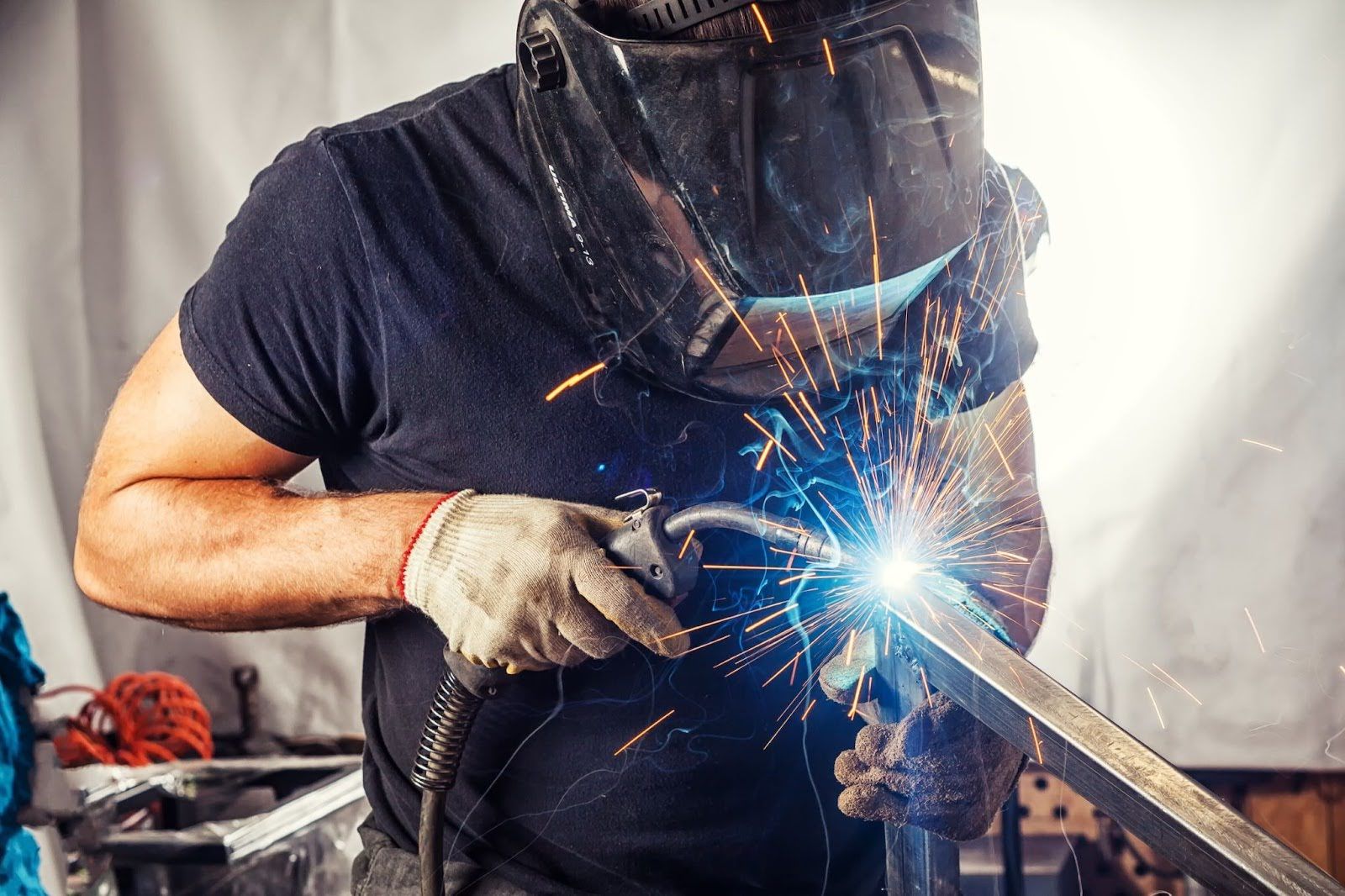Preventing Weld Undercut Made Easy: Trick Techniques Revealed
Preventing Weld Undercut Made Easy: Trick Techniques Revealed
Blog Article
Recognizing the Causes and Solutions for Undercut Welding in Steel Manufacture Procedures
In the realm of metal construction processes, the event of undercut welding positions a considerable obstacle that demands an extensive understanding of its causes and feasible services. The intricate interaction of various factors throughout welding operations can result in this undesirable sensation, influencing the architectural integrity and total quality of the bonded joints - Preventing weld undercut. By dissecting the source of undercut welding and checking out effective therapeutic steps, makers can elevate the criterion of their workmanship and make sure the manufacturing of flawless metal parts
Common Reasons For Undercut Welding
Frequently neglected in metal manufacture, undercut welding takes place due to various elements that require thorough focus and proficiency to be effectively mitigated. Furthermore, incorrect welding methods, such as utilizing the wrong welding angle or take a trip speed, can likewise contribute to damage development. The choice of welding parameters, such as voltage, present, and wire feed rate, plays a considerable role in the incident of undercut welding.
Influence of Incorrect Welding Parameters
Incorrect welding criteria can dramatically endanger the honesty and high quality of bonded joints in steel construction procedures. The effect of incorrect welding criteria materializes in different ways, bring about structural weak points and defects in the welded parts. One crucial aspect affected by incorrect welding criteria is the penetration depth of the weld. Insufficient warm input as a result of reduced welding currents or excessively high travel rates can result in poor blend in between the base steels, leading to insufficient joint penetration and deteriorated bonds. Alternatively, too much heat input triggered by high welding currents or sluggish travel speeds can lead to burn-through and extreme reinforcement, creating a brittle and unsteady weld structure. Furthermore, inaccurate parameters such as inappropriate voltage setups or wrong electrode angles can add to unpredictable weld bead accounts, lack of fusion, and increased opportunities of issues like undercutting. For that reason, precise attention to welding parameters is extremely important to make sure the manufacturing of top notch welds with the preferred mechanical properties and structural integrity.
Effect of Improper Lantern Angle
Inappropriate torch angle in welding operations can significantly impact the top quality and stability of the final weld joints in metal fabrication processes. Undercutting is a common welding defect where a groove develops along the weld toe, deteriorating the joint and jeopardizing its architectural integrity.
A lantern angle that is as well steep can lead to inadequate penetration, insufficient fusion, and enhanced spatter. On the various other hand, a lantern angle that is also shallow can result in extreme infiltration, burn-through, and distortion of the base product. Preventing weld undercut. Appropriate lantern angle is important for guaranteeing regular weld quality, stamina, and look
To stop undercutting and other defects brought on by inappropriate torch angles, welders need to be trained you can try this out to keep the correct lantern angle throughout the welding procedure. Normal tracking and change of lantern angles throughout welding can help accomplish sound welds with marginal issues.
Role of Inadequate Welding Techniques

Another element of poor welding techniques is improper weld preparation. Inadequate cleaning of the base metals, inaccurate joint design, or not enough side prep work can all add to damage welding. In addition, insufficient securing gas protection or utilizing the wrong kind of gas can cause insufficient blend and the development of undercut issues.
To deal with the duty of insufficient welding techniques in steel construction processes, it is necessary to give detailed training for welders. Proper education and learning on welding specifications, joint preparation, and shielding gas option can help protect against undercut welding and make sure premium welds in steel manufacture projects.
Efficient Solutions for Undercut Welding
Dealing with undercut welding in steel fabrication needs applying reliable solutions to improve weld top quality and structural honesty. One of the main solutions to deal with undercut is to readjust welding criteria such as voltage, current, and travel speed to make sure appropriate warm input and blend. By fine-tuning these setups, welders can avoid extreme melting of the base steel and filler product, reducing the probability of undercut development.
Additionally, appropriate joint prep work is critical in preventing undercut. Ensuring tidy base steel surface areas cost-free of impurities and making use of the proper bevel angle can assist promote better weld penetration and decrease the risk of undercut - Preventing weld undercut. Employing ideal welding methods, such as weaving or oscillating the lantern, can also aid in distributing heat evenly and loading the weld joint appropriately, decreasing the possibility of undercut problems
Additionally, visit site selecting the proper welding consumables, consisting of electrodes and filler steels, is necessary in mitigating undercut. Making use of materials with appropriate chemical make-ups and mechanical homes can add to achieving sound welds with very little undercut. Regular examination and quality assurance actions ought to likewise be implemented to identify and deal with undercut concerns quickly, making certain the overall stability of fabricated metal parts.

Verdict
Finally, understanding the causes and services for undercut welding in metal construction procedures is crucial for attaining high-quality welds. By dealing with usual reasons such as inaccurate welding specifications, incorrect lantern angle, and poor welding techniques, welders can avoid undercutting and ensure solid, long lasting welds. It is vital to take notice of these aspects and apply reliable options to enhance the overall welding process and final item high quality.

Report this page